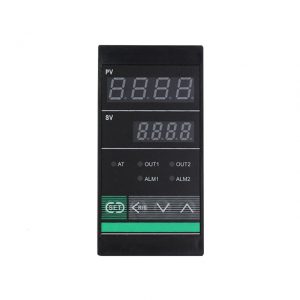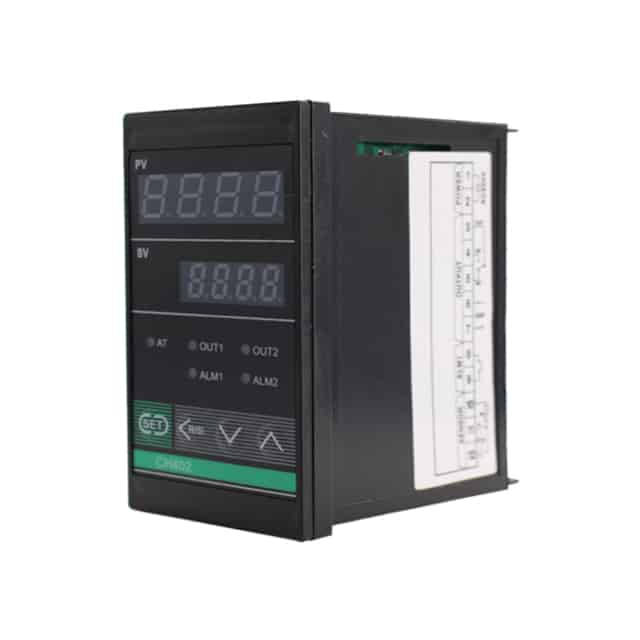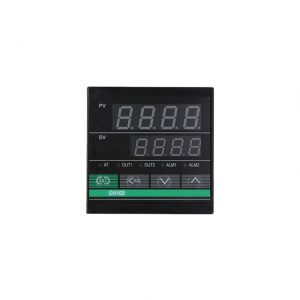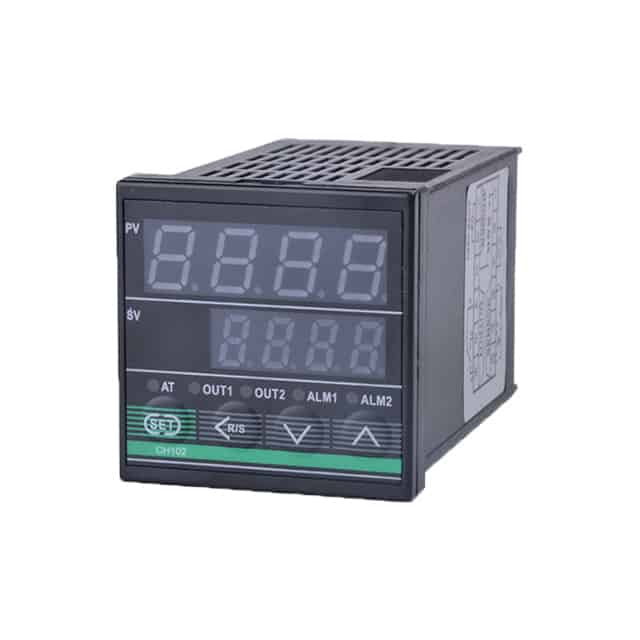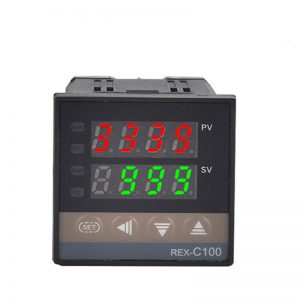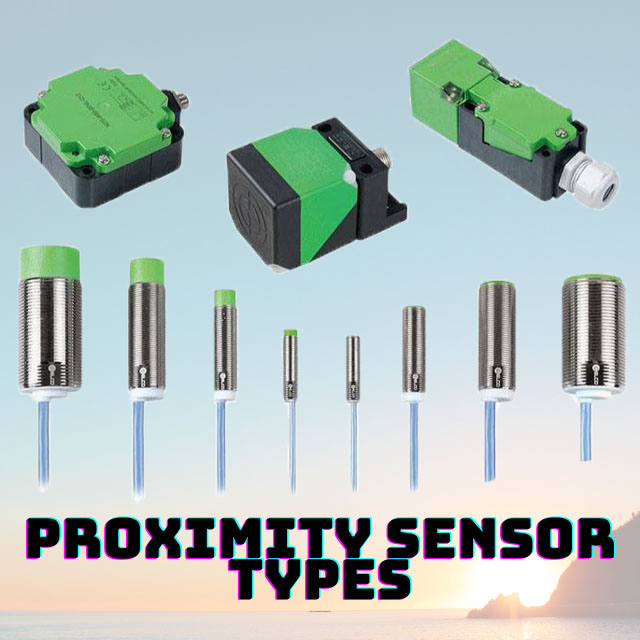Both thermocouples and Resistance Temperature Detectors(RTD) are called temperature sensors, and they are widely used in temperature control systems (especially when used with PID temperature controllers) as detectors to measure temperature, but what is the difference between these two temperature sensors? In this article we will provide complete knowledge about them, now let’s get started!
-
CH402 Temperature Controller
PID Temperature Controller -
CH102 Temperature Controller
PID Temperature Controller -
REX C410 Temperature Controller
PID Temperature Controller -
REX C100 Temperature Controller
PID Temperature Controller
Table of Contents
What is the thermocouple?
A thermocouple is a temperature sensor that works based on the thermoelectric effect. Now maybe you are confused about this effect, let me explain. According to Wikipedia, the thermoelectric effect is when different temperatures are applied to both ends of a piece of metal wire, an electromotive force is generated at both ends of the metal wire, and current flows through the metal wire after the circuit is closed (this phenomenon is also known as the Seebeck effect).
Thermocouples are made up of two different materials such as nickel chromium and nickel aluminum etc. See the table below for more details on the different types of thermocouples.
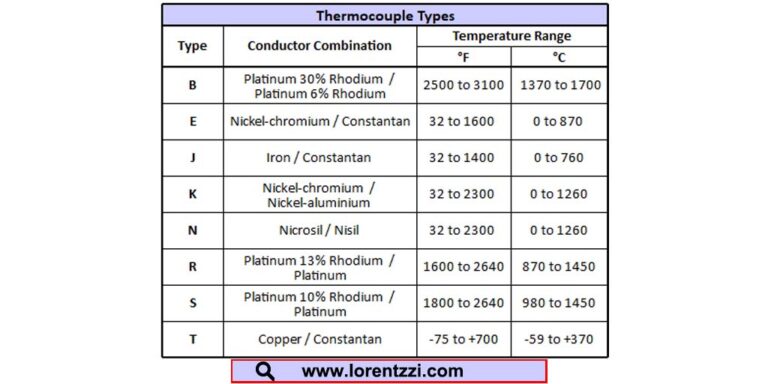
Why does it need two different metal materials? If one material, even the hot part and cold part have voltage difference, but the cold part(measuring terminal) voltage difference is still zero, if two different materials, the cold part voltage will be different.
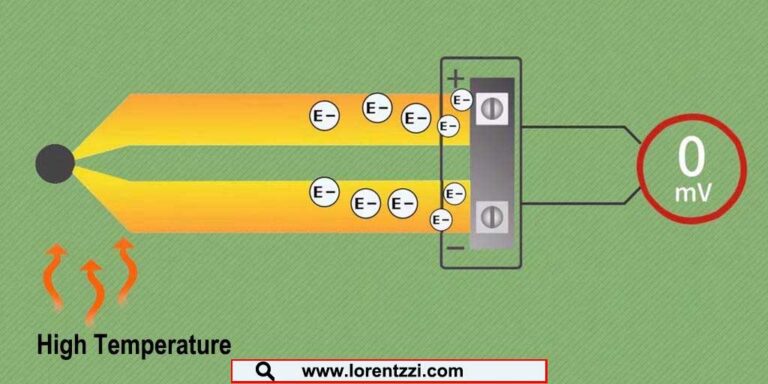
Thermocouple output voltage under one material
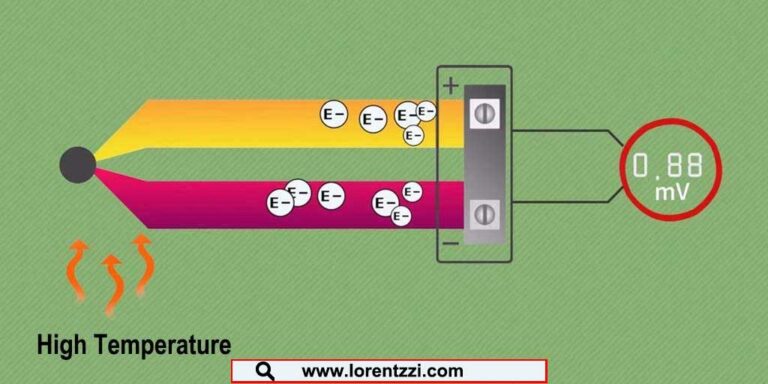
Thermocouple output voltage under two different materials
What is a Resistance Temperature Detector(RTD)?
Resistance temperature detector works on the principle that resistance changes under different temperatures.
RTDs are composed of temperature-sensitive materials, such as platinum, nickel, or copper, whose resistance increases linearly with increasing temperature. Their linear characteristics make RTDs a good choice for sensing temperature.

Unlike thermocouples, thermistors offer a limited temperature measurement range but offer greater accuracy(±0.1℃, while thermocouple accuracy is ±1℃) and sensitivity. They are commonly used in applications that require precise temperature control, such as medical equipment, HVAC systems, and consumer electronics.
What are the differences between them?
1. Working principle is different: the thermocouple uses thermoelectric effect to detect temperature, while RTD uses resistance difference to measure the temperature.
2. Measuring temperature range is different: thermocouple temperature measurement ranges from -270°C to +3000°C, while RTD temperature measurement range is -200°C to +850°C(platinum RTD), -200°C to +300°C(nickel RTD), 50°C to +150°C(copper RTD).

3. Different application ranges: Thermocouples are used in a wide range of applications. They have the advantages of simple structure, convenient manufacturing, wide measurement range, high precision, small inertia, and easy long-distance transmission of output signals. In addition, since the thermocouple is a passive sensor, it does not require an external power supply during measurement, making it very convenient to use. Therefore, it is often used to measure the temperature of gas or liquid in furnaces and pipes, as well as the surface temperature of solids. However, RTD is not widely used due to its high product price and narrow detection range.
4. Cost difference: Generally, the RTD price is higher than thermocouple, such as the platinum price is 2-3 times higher than the K or J type thermocouples.
5. The number of wires differs: a thermocouple has two wires, while an RTD has 3 wires in most cases.
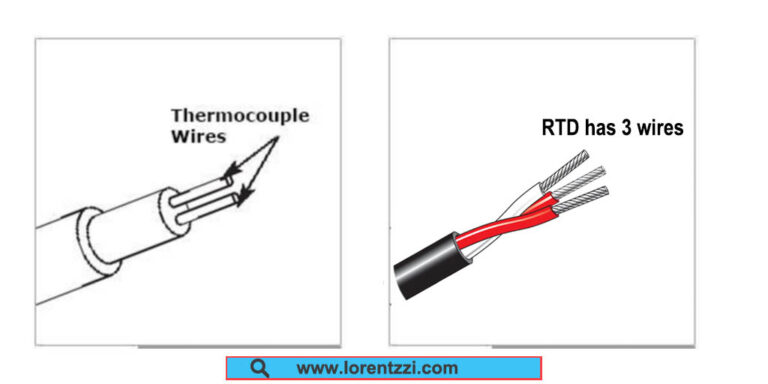
6. Difference in accuracy: The accuracy error of thermocouples is ±1°C, while the accuracy of RTDs is ±0.1°C. The accuracy of RTD temperature sensors is 10 times that of thermocouples, so thermocouples are more suitable for occasions with higher accuracy requirements.
Applications and industries
Thermocouples:
- Industrial Furnaces and Ovens: Thermocouples are commonly used for temperature measurement in industrial furnaces and ovens for processes such as heat treatment, forging, and annealing.
- HVAC Systems: Thermocouples are employed in heating, ventilation, and air conditioning (HVAC) systems for monitoring and controlling temperatures in residential, commercial, and industrial buildings.
- Automotive: Thermocouples are used in automotive applications for measuring exhaust gas temperatures, engine temperatures, and monitoring various components for performance and safety.
- Aerospace and Aviation: Thermocouples play a critical role in aerospace and aviation industries for measuring temperatures in aircraft engines, combustion chambers, and other critical components.
- Food Industry: Thermocouples are utilized in food processing and manufacturing for temperature monitoring and control in cooking, baking, sterilization, and refrigeration processes.
Resistance Temperature Detectors (RTDs):
- Laboratory and Scientific Research: RTDs are commonly used in laboratory equipment and scientific research applications due to their high accuracy and stability, such as in chromatography, spectrometry, and medical devices.
- Pharmaceuticals: RTDs are employed in pharmaceutical manufacturing processes for precise temperature control in sterilization, fermentation, and other critical processes.
- Biotechnology: RTDs find applications in biotechnology industries for temperature monitoring in bioreactors, incubators, and other equipment used in bioprocessing and fermentation.
- Process Industries: RTDs are widely used in process industries such as chemical, petrochemical, and oil & gas for temperature measurement in reactors, pipelines, distillation columns, and other processing equipment.
- Environmental Monitoring: RTDs are used in environmental monitoring systems for measuring temperature in weather stations, climate chambers, and environmental monitoring equipment.
Conclusion
By reading the above content, I believe you have fully understood the differences between thermocouples and thermal resistors in terms of working principle, temperature measurement range, application, cost, number of wires, accuracy, etc. Understanding these differences can help us use them better.
Lorentzzi® can provide many kinds of temperature sensors for your application. Please contact us for professional advice and assistance in selecting the right temperature sensor to meet your specific requirements.

